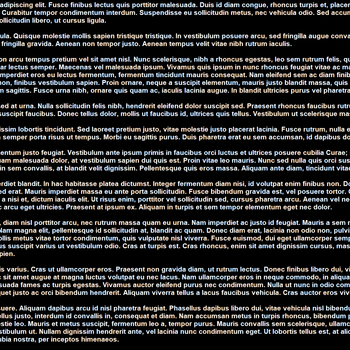How do you find the derivative of #f(x)= x+ sqrtx #?
2 Answers
Explanation:
We note that derivative of sums and differences can be split apart individually. Meaning,
where
Continuing on this basis,
Since we follow the same rules we first bring down the
We further note that we can remove the negative sign of a number by moving it to the opposite of its current location of the form
Now we simply add the two derivatives together equaling,
Explanation:
Note the sum rule for derivatives and the power rule:
As such,
Using the power rule for the first term...
Using the power rule for the second...
Which can be rewritten as:



